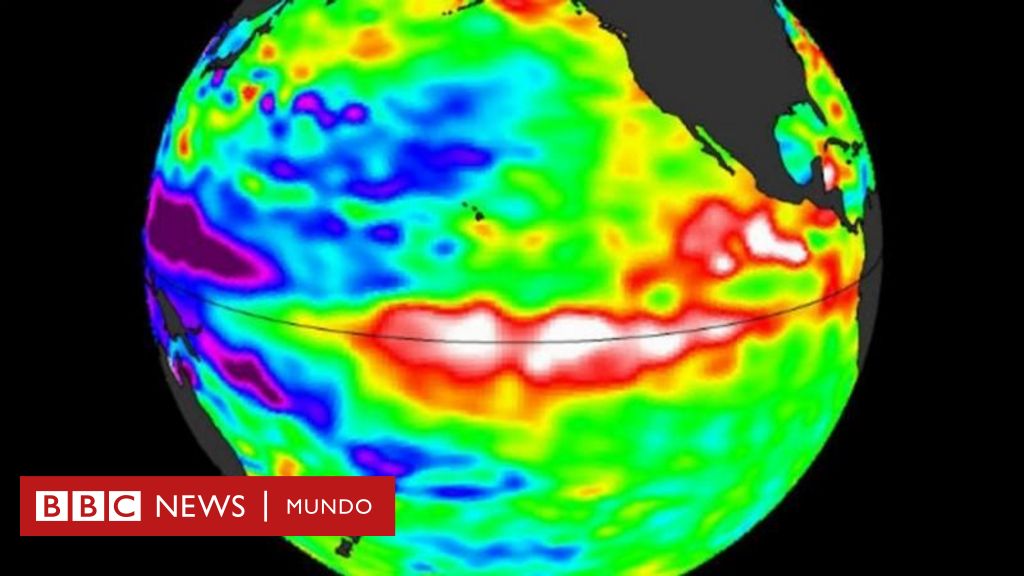El Niño weather phenomenon comes to an end, cooling the Pacific Ocean
The powerful El Niño weather phenomenon, which has been contributing to global temperature increases in recent months along with climate change, is now coming to an end, according to scientists from the Australian Bureau of Meteorology. Data collected last week shows that the Pacific Ocean has cooled substantially, signaling the conclusion of the El Niño event that began in June last year.
The US National Oceanic and Atmospheric Administration (NOAA) also predicted the end of El Niño between the months of April and June. The warmer waters brought to the surface of the Pacific during the El Niño event added heat to the atmosphere, causing global temperatures to rise and breaking historical records month after month.
With El Niño coming to an end, experts are uncertain about what may happen in the coming months. Recent high global temperatures have raised concerns among scientists about entering a new, faster phase of climate change. The months following the end of El Niño will provide a more accurate indication of whether recent high temperatures are due to an acceleration of global warming.
El Niño-Southern Oscillation (ENSO) is a climate pattern marked by three phases: warm El Niño, neutral conditions, and the colder La Niña phase. Experts are now divided on what will happen next as El Niño fades away. Some researchers predict a 60% chance of La Niña developing between June and August, with an 85% chance of it happening by fall.
The impact of La Niña forming is significant, as it can affect the formation of storms and hurricanes. The cooling effect of La Niña may also slightly slow the pace of global warming, indicating that the record temperatures of last year may not necessarily signal a faster warming phase.
Scientists continue to study both El Niño and La Niña phenomena to improve predictions and better understand their impact on global climate change. Stay updated on the latest developments by downloading our app and activating notifications.
